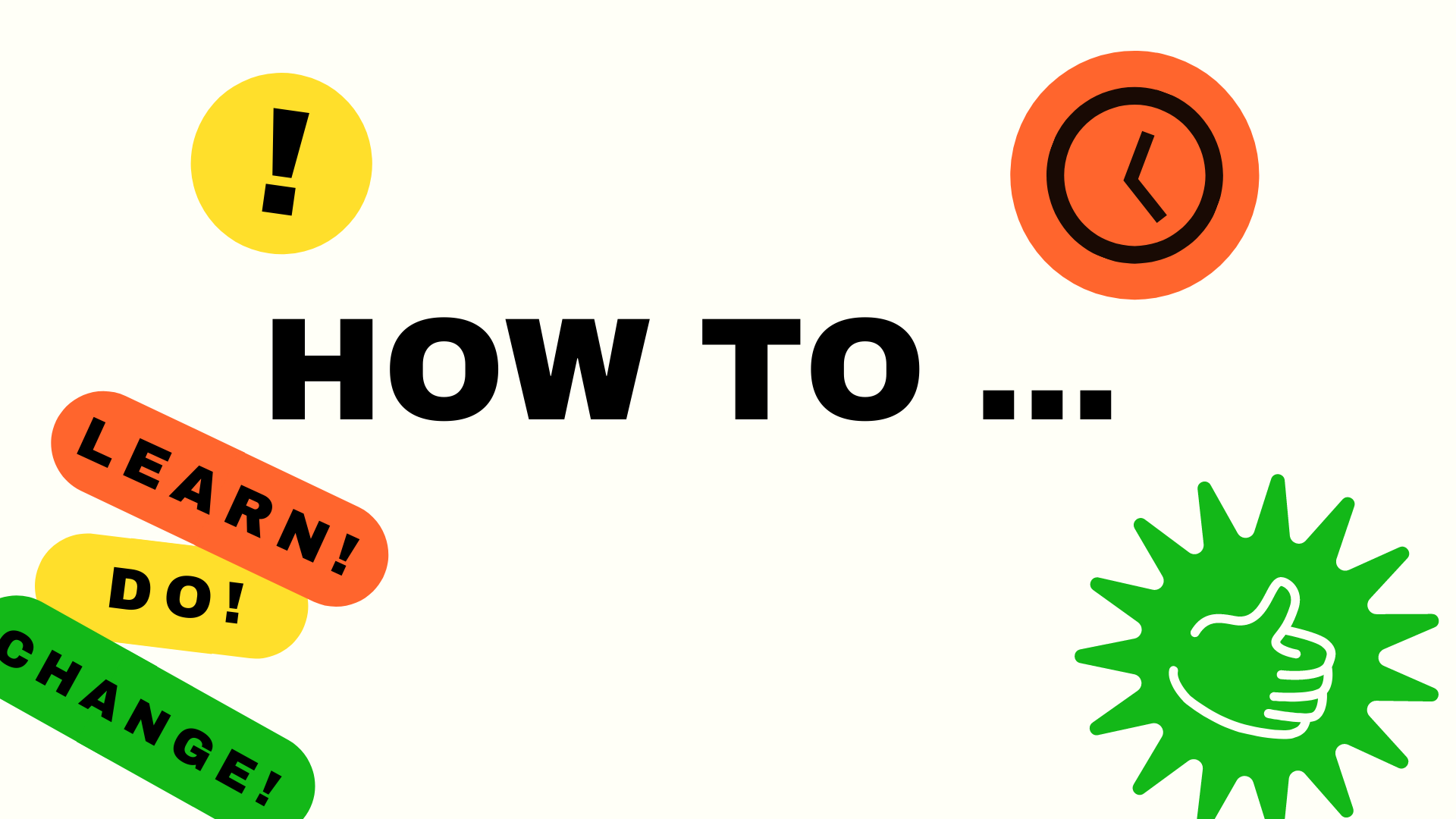Why people will forget to use a habit tracker but spend hours watching how-to videos.
SnapHabit recently conducted interviews with current beta users as well as potential users in the demographic of women ages 18-25.
The question? How these users approach habit building.
The goal? Learn how we can better build an experience that supports them on their journey to a more fulfilling life.
The learnings? They’ve might have been hesitant towards habit trackers in the past, but they love how-to's.
Why should I care about how-to's?
Honestly, I didn't before, but after these interviews, it feels irresponsible to not. Every interview began with us asking them about their current goals, where they got inspiration for new habits, but nearly every conversation ended in the same spot:
"I watch an embarrassing amount of YouTube; hold on, let me pull up my page."
Waiting on the other end of the phone, I was eager to learn what content they spent their time consuming. But by the third or fourth call, I wasn't surprised when the answer was some form of "How to X."
How to become a better morning person.
How to become a minimalist in 30 days.
How to start investing in your mid-twenties.
How to pick where to go to college in 3 steps.
How to get abs in 2 weeks.



The topics varied across interests, but all shared same foundational structure:
- Stated end goal.
- Specific time frame to achieve goal.
- Five to ten simple steps on how to achieve it.
- An image or story of a person who successfully completed it.
The process was typically presented under the guise of an YouTube influencer or pseudo-famous Instagram profile, but it was all the same science underneath: the science of building better habits.
Why do they delete habit trackers but keep spending hours watching how-to videos?
Sure, it's the same science, but it's two very different presentations of it. The one they choose? The one that is aspirational, approachable, and fun, of course.
I asked them to explain to me exactly what compelled them to read how-to guides and watch hours of YouTube how-to videos, and here's what they said.
1. It makes it seem easy.
Content creators seem to understand that our cognitive load is limited. Instead of presenting a fluffy rendition of how to become "the best version of ourselves," they've cut the habit building bs and, instead, offer clear and simple steps to achieving just about any goal.
"I like it when the content is specific so you know exactly what you have to do to succeed. If someone said 'I'm going to spend less time on my phone,' I wouldn't do that, but if someone said 'I am going to spend 30 min or less on Instagram,' I would do that."
A how-to guide is less ambiguous than general inspiration and never leaves a viewer wondering what's next. They know what's next: it's clearly outlined in steps 1-5.
2. It's inspiring to see real people do it.
If how-to lists offer a means to the end, then the people presenting it are the end. And these women are obsessed with getting there. When they come across how-to's on YouTube or Instagram, they are not just seeing a step-by-step guide, but they are watching a real person do it in real time.
"I get inspiration not from apps but from real people."
This aspect of humanity is the key to our obsession of how-to's. They show us someone who is already successful in doing it, and they offer us concrete steps we can follow to be just like them.
In one interview, a woman spoke of her love for Instagram stories explaining that it's a way for creators to say
"I am here and this is how I got here,"
and presumably "this is how you can too."
“I love watching their morning routine and habits. It's pretty simple stuff. 'I'm luck duh I can do this, it's not that hard,' but I like to watch them because they are inspiring and the way she presents it shows that it actually is doable, actionable, show us who we could be."
This is where how-to guides and videos do what apps and books struggle to achieve: they make the experience personal and offer us a visualization of the outcome. Really, they're just telling a story, and it's a compelling enough one to make us alter our personal behavior to ensure it becomes our story, too.
3. It makes me think I can do it, too. But it doesn't make me do it.
When asked about why they stopped using a meditation app in the past, one interviewee shared:
"It's hard for me to be told things to do. I don't like being felt like I am being restricted to things. That's why I didn't like the simulations [on the meditation app]"
She hadn't given up on habit apps all together yet, but suggested:
If I could do it on my own way, I would be more open to practicing those habits. More prompting of ideas of how to do things rather than telling me exactly what to do.
Surprisingly enough, what did this user love if not tracking apps? How-to videos. Why? Because they satisfied her requirements:
- Element of discovery and intrigue.
- Inspirational but approachable and attainable.
- Clear direction of action but not personally prescriptive.
How-to's are a beautiful example of helping someone cultivate self-efficacy. They're simple and interesting enough where users want to do it, believe that they are personally capable of it, and most importantly, feel that it is their choice to do so.
"It's nice inspiration seeing other peoples routine, and saying 'Yeah, I could do that tomorrow.'"
If not how-to's, what do they want to see?
At the end of my conversations, it was clear where the interest stood: more how-to's. Still, I couldn't help but think that the same thing that drove these women to their love of how-to's (ease, effective storytelling, and a sense of self-efficacy) could be present itself in another experience.
So, I asked them of what they'd want to see more. The answers I got back were interesting, to say the least:
- More of it. More curated "how-tos" across different interests and personal to their own lifestyle.
- More intuitive experience. An easier way to discover new and interesting things. A Pinterest just for how-to's, essentially. But still with real people doing the sharing.
- More organized. A way to curate everything they find across platforms (YouTube, Instagram, Facebook, articles, etc) into one home to keep track of it all and hold themselves to doing it.

